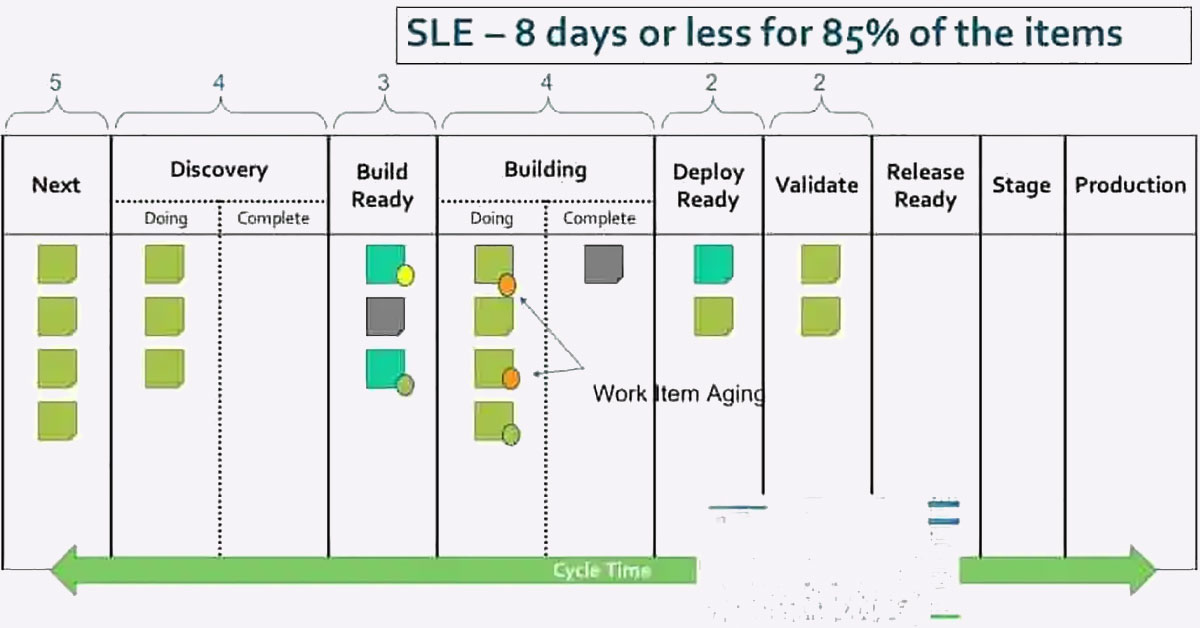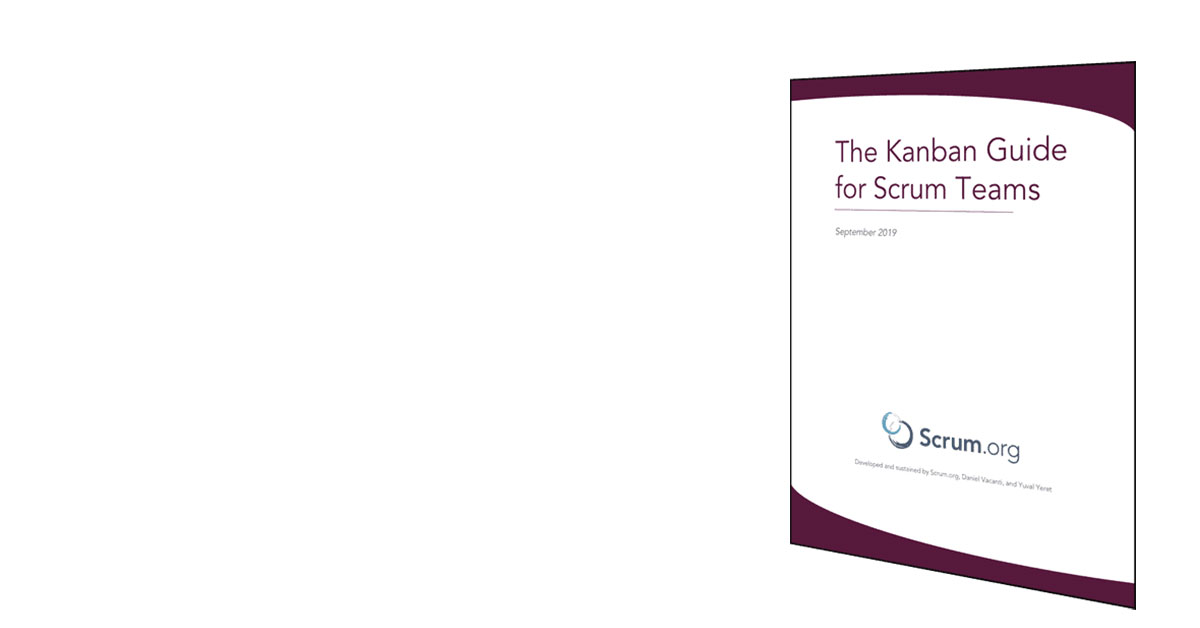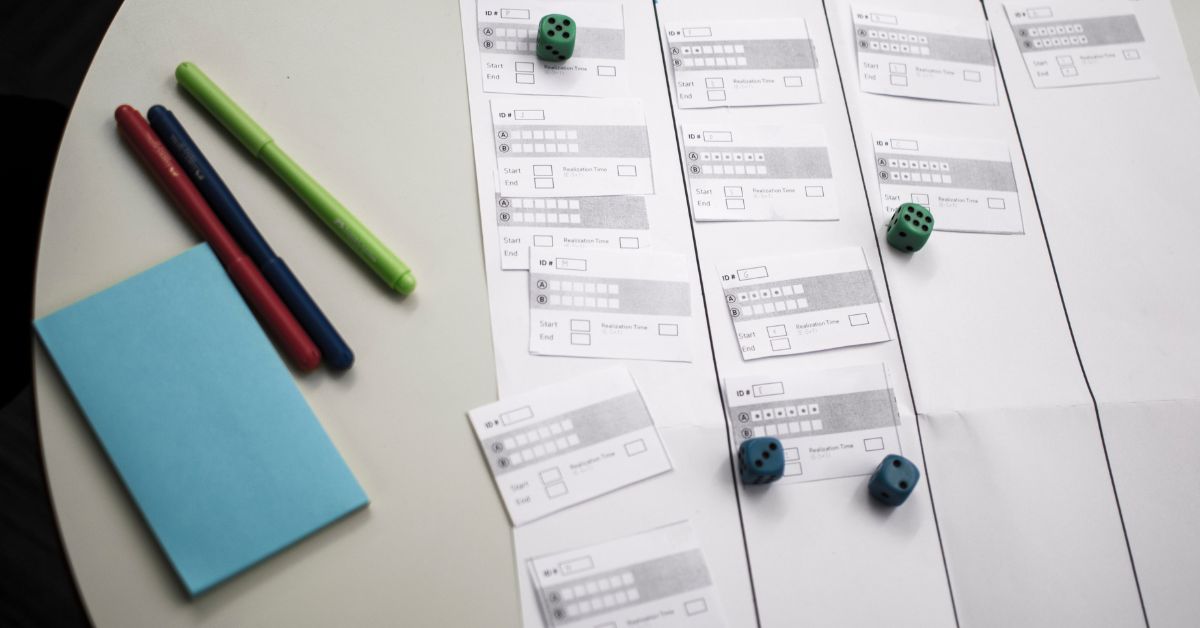
Working towards Sustainable Pace in Scrum, SAFe and Kanban
Aiming towards Sustainable Pace “Agile processes promote sustainable development. The sponsors, developers, and users should be able to maintain a constant pace indefinitely.” – The
Home » Scrum With Kanban

Aiming towards Sustainable Pace “Agile processes promote sustainable development. The sponsors, developers, and users should be able to maintain a constant pace indefinitely.” – The

Everybody wants to Scale Scrum So you have a couple of Scrum Teams that are working in adjacent areas and you’re starting to face some

One of the new concepts we introduce in the Kanban Guide for Scrum Teams is the Service Level Expectation, defined as:
An SLE forecasts how long it should take a given item to flow from start to finish within your workflow. The SLE itself has two parts: a period of elapsed days and a probability associated with that period (e.g., “85% of work items will be finished in 8 days or less” which can also be stated as “8 days with 85% confidence/probability”).

Co-Creating and teaching the new Scrum.org Professional Scrum with Kanban class has given me an opportunity to get back to geeking out on WIP limits, flow metrics and all things Kanban. And it’s been fun!

It’s been so exciting to hear so much positive feedback and interest in the new Scrum.org Kanban for Scrum Teams guide and the accompanying Professional Scrum with Kanban class. Creating the class and guide together with Daniel (Vacanti) & Steve (Porter) and then working on getting it to market in a professional way (how else? ) with the Scrum.org staff has been a great experience and a major focus area for me in the last couple of months.
As you might imagine, together with the interest come some questions about some choices we made in the design of the guide and the class. Several are emerging as the frequently asked ones. I wanted to tackle a couple of those in this post.
Where are some of the core Kanban practices?

Over the years we at AgileSparks have been leading the charge when it comes to creating mashups and hybrids of approaches such as Scrum, Kanban, SAFe, LeSS, and whatever. Mashups and hybrids can be very attractive as they can be an excuse for taking what you like from each approach and leaving behind the hard stuff. In mashing up approaches you need to make sure whatever set of practices you end up with is cohesive and effective. Coming up with the smallest set of practices that is still cohesive and comprehensive and brings in the best of the Scrum iterative world and the Kanban flow-oriented world is a result of years of work in the trenches.
I recently started working with Steve Porter, Dave West, and others at Scrum.org as well as Daniel Vacanti of Actionable Agile (And a long-time friend and AgileSparks partner) on bridging the Scrum and Kanban worlds. We believe the time is right to put behind the arguments around which approach is better and help both Kanban and Scrum practitioners realize that actually they are stronger together.

Going Agile via the Fast Lane – How FiftyOne.com switched from quarterly releases to 2 weeks Scrum and Kanban.
Ben Peer shares the story of FiftyOne.com’s transition in the last year. Starting with Scrum, involving the whole team in true inspect and adapt, evolving to Kanban/ScrumBan, evolving team formation and definition of done, adding Agile Testing approaches including ATDD. In parallel, tight collaboration with a remote Product Management team, and usage of an electronic highly visual Kanban board. Ben will discuss the benefits, the challenges and how the team dealt with them, and will provide recommendations to others considering this journey.

What is it?
A game to help you really understand how to apply Kanban to software development
An effective teaching tool for your organization or training program
The quickest, most effective way to teach the principles and mechanics of Kanban.
The physical board game version developed by Russell Healy is available from GetKanban.
Request for additional information and prices